Insect & Pests
All Insect & Pests Content
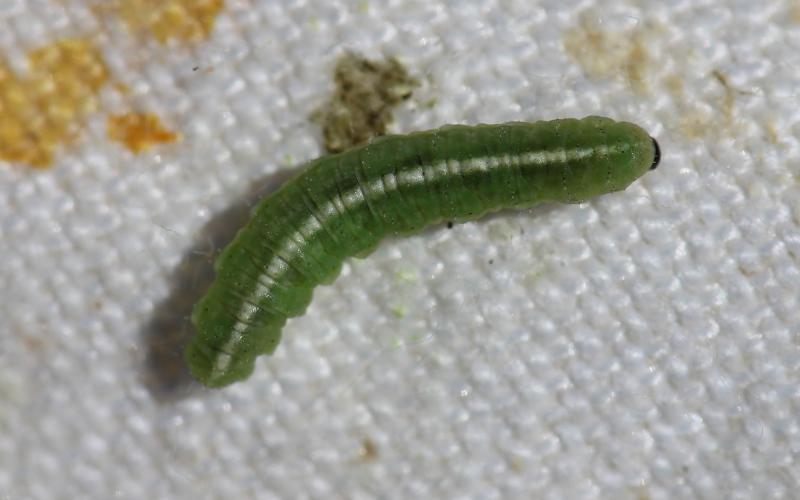
Alfalfa Weevil Activity Prediction Update: May 19, 2023
Forecasted weather conditions are ideal for alfalfa weevil activity, and early detection of feeding activity will prevent extensive defoliation.

Alfalfa Weevil Activity Prediction Update: May 15, 2023
During the last week, the entire state reached enough degree days to have active alfalfa larvae. In areas with the highest accumulation of degree days, alfalfa should be scouted to ensure that alfalfa weevils don’t cause extensive defoliation.
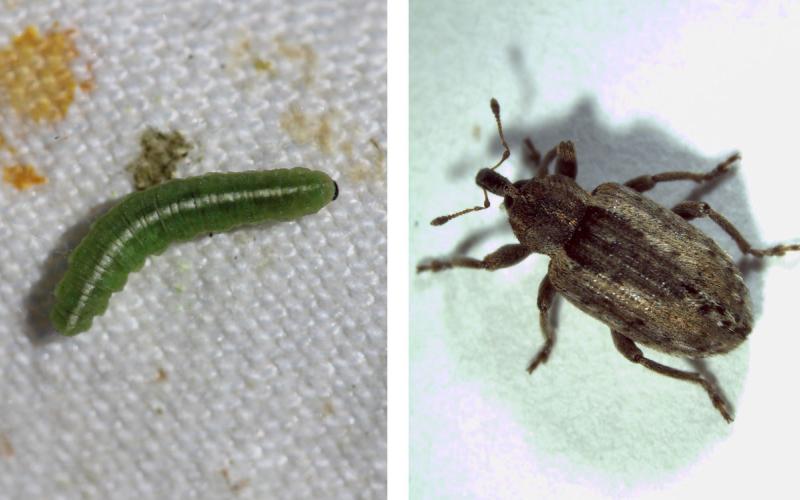
It’s Time To Start Scouting for Alfalfa Weevils in South Dakota
With increasing temperatures, the degree days for alfalfa weevils have steadily increased. The best way to avoid serious alfalfa weevil defoliation is to scout and detect populations early.
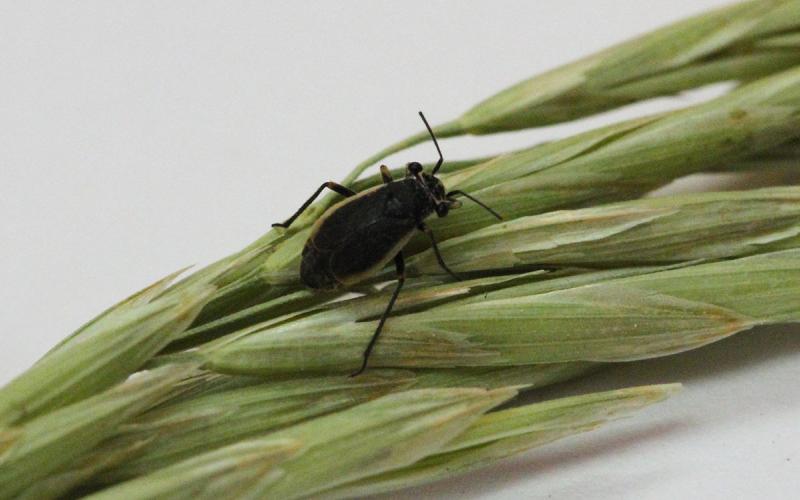
Time to Start Scouting for Black Grass Bugs
In central and western South Dakota, black grass bugs are a common spring forage pest that can cause considerable damage during periods of drought. Learn how to monitor and manage this pest to protect your forages this spring.
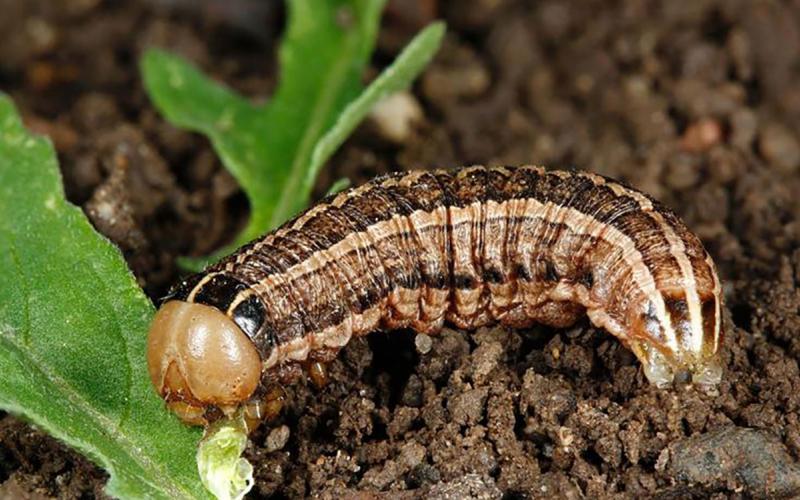
Army Cutworms Are Active in South Dakota
Army cutworms can rapidly reduce winter wheat stands if large populations are present. See our latest management recommendations based on observations from around the state.

Alfalfa Weevil Activity Prediction Update: May 4, 2023
With warmer temperatures during the last week, there was an increase in the accumulation of degree days for alfalfa weevils. See our latest observations from around the state.
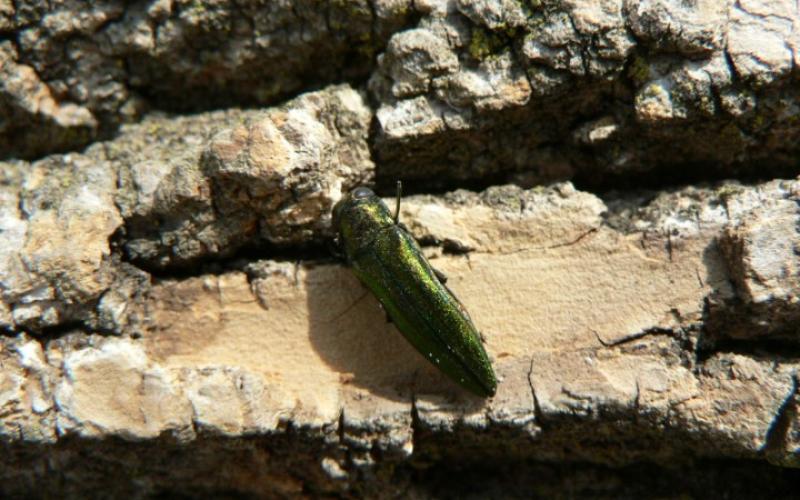
Emerald Ash Borer Life Cycle in South Dakota
This fact sheet is a general description of the emerald ash borer life cycle in South Dakota.

Alfalfa Weevil Activity Prediction Update: April 27, 2023
As temperatures warm up, degree days will accumulate more rapidly, and alfalfa weevils could quickly become an issue. See our latest observations from around the state.
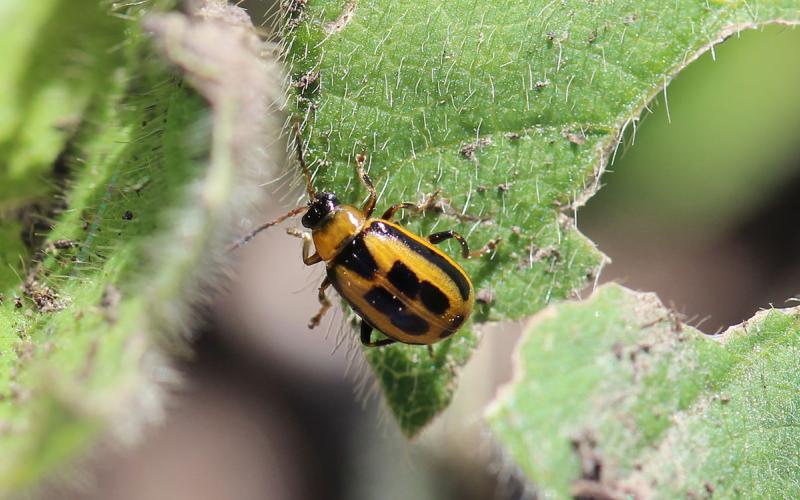
South Dakota Overwintering Bean Leaf Beetle Predicted Mortality: 2022-2023
With bean leaf beetle emergence rapidly approaching, it’s important to start thinking about early-season management of the overwintering population. View our latest recommendations based on observations from winter 2022-2023.

Best Management Practices for Corn Production
iGrow Corn is your unbiased, research-based guide to corn production, providing the latest recommendations to help increase yield, reduce input costs and protect your investment.